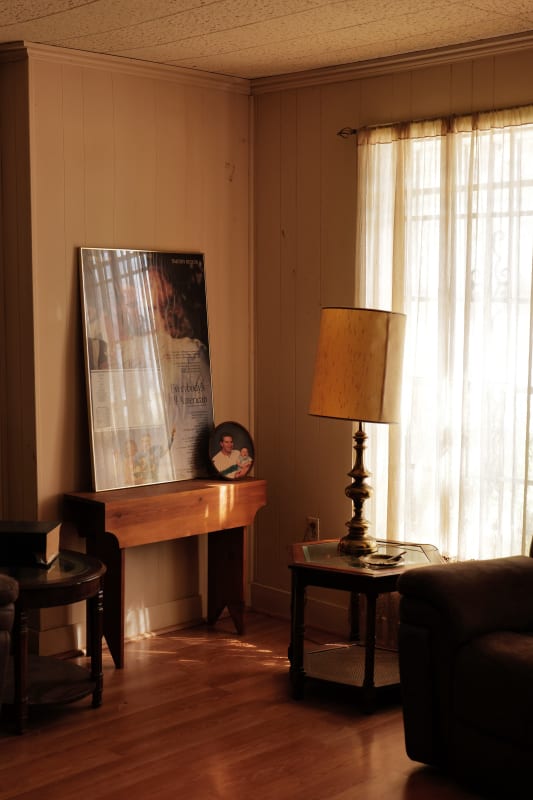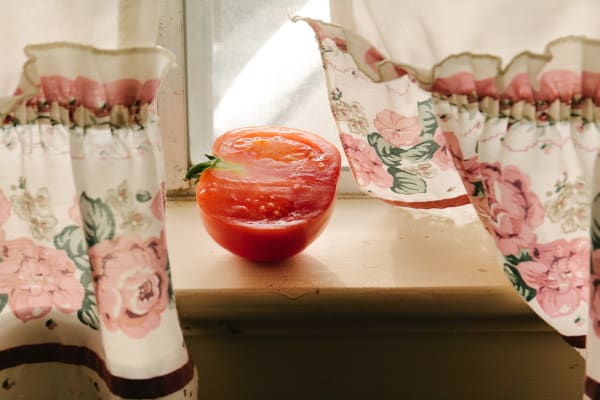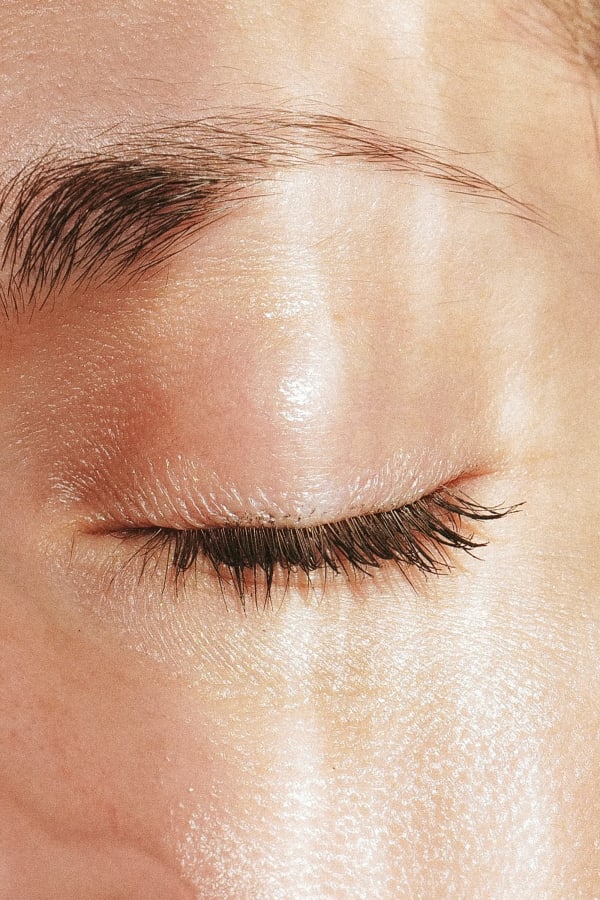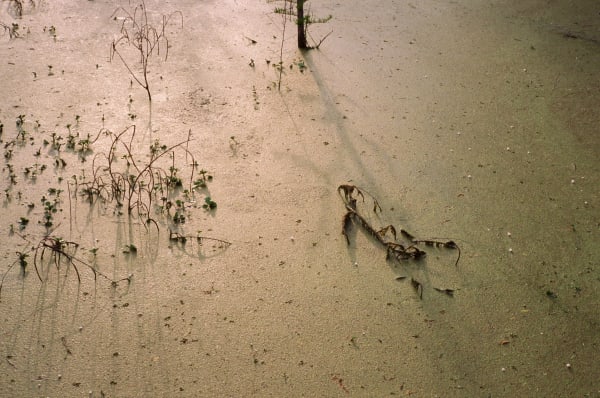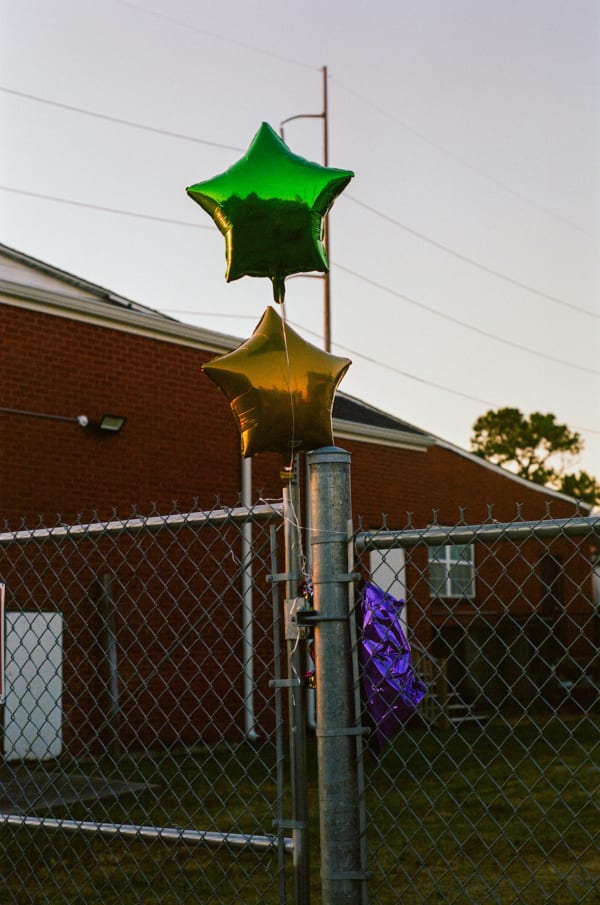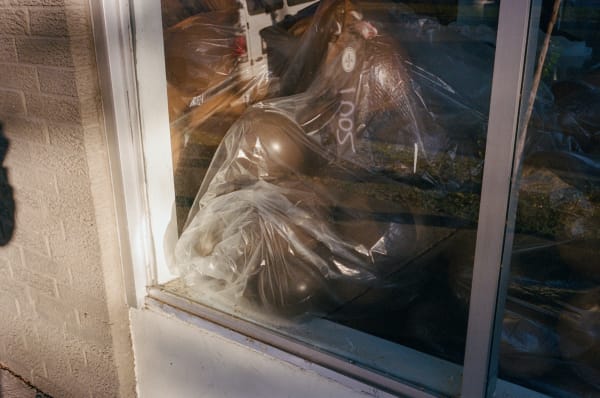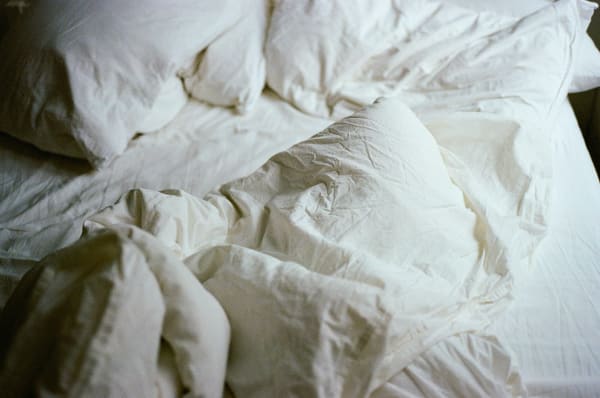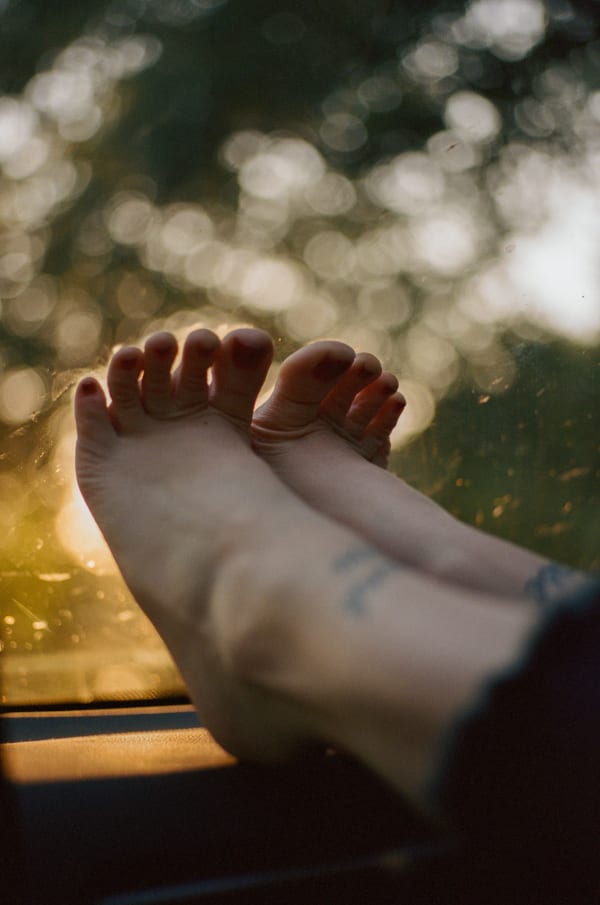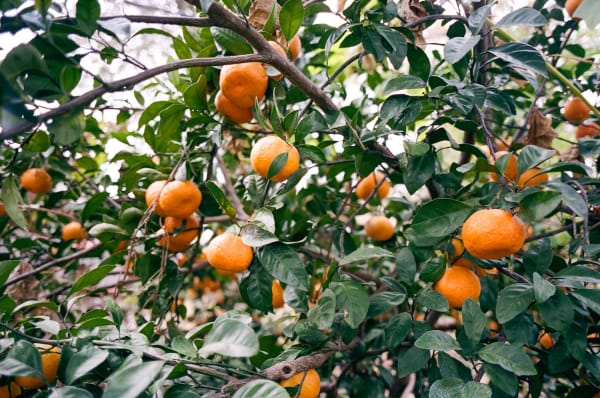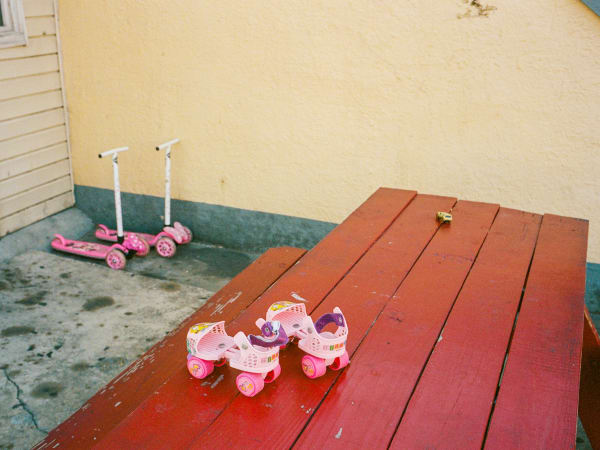Casey Joiner : Surrounded by Natural Causes
"This project began long before I was aware of it. Going about everyday life while navigating the complexities of long term illness and eventual loss of a parent, I find myself occasionally in a dissociative dreamlike state. In Surrounded By Natural Causes, I attempt to confront the seemingly absurd dailiness (the title comes from a bizarre obituary that’s meant to be written by an AI bot), and traverse a confusing landscape of remembering and misremembering. It’s unclear to me whether memory can be fully trusted, and I fill those gaps with imagined scenes. This work is a meditation on grief, identity, and familial bonds."
-Casey Joiner
Sibyl Gallery is pleased to present Surrounded by Natural Causes, an exhibition of photography by Louisiana-native Casey Joiner.
In grieving the loss of a loved one, we are often confronted with a bizarre palimpsest of hallucinations. Memories—or what we think we remember—get lodged between surreal imaginings that can’t literally be true but nevertheless seem to convey the psychic weight of loss better than the ‘facts’ of our experience. Indeed, to tell the truth of grief, we sometimes have to make things up. Casey Joiner’s photo collection, Surrounded by Natural Causes, investigates the slippage between memory and hallucination as she chronicles the aftermath of her father’s untimely death in early 2023. These pictures explore the dialectics of presence and absence with documentary precision and spiritual grandeur. We catch glimpses of Joiner’s past in ghostly figurations and abstracted traces of what is no longer. Memories seem imprinted everywhere as she takes us inside her ancestral home, lingering in the everyday poetics of life and death in the Gulf South. In Joiner’s work, we see the weight of grief and the perceptual distortions it can occasion. We see theatrical misrememberings of the past, and we see moments of spiritual release and genuine peace. There is always a light at the end, one that can only be described as possessing the quality of grace.
Those who have lost a parent know the surreal experience of having to go into the home of the deceased and organize what is often a lifetime of possessions. Joiner gives us an intimate view of the objects that defined her early life: a bright yellow casserole with a heavy glass top, a floral-patterned white linen curtain hanging crookedly across the kitchen window, a ripe tomato sliced clean in half sitting on the windowsill. They all seem just a little bit haunted. The heaviness of memory inscribed in these everyday antiques is palpable. Heavier still are the black bags of garbage, captured so up close, with such daring frontality, that they might be mistaken for body bags.
In the living room, the lamp with its shade askew is switched off. An unlit cigarette sits in the nearby ashtray on the right side of the picture. The scene is bisected into two vertical registers by the line of the room’s corner. On the left-hand side, opposite the lamp, is an old photo of the artist’s father, Tim Joiner, with his baby boy, Timothy Jr. The baby is smiling wildly. Behind the photo, a large poster for a movie called Everybody’s All-American, a romance drama from the late nineteen-eighties about a Louisiana football player. Here we see the interplay of reality and fantasy. Mr. Joiner was, in his earlier life, a professional football player, which led him to a job acting in the film. In juxtaposing these two views of her father, Joiner suggests, in a meta-commentary about image-making, that the story of her father is both documentary fact and narrative fiction. We see the real Tim Joiner and the fantasy Tim Joiner. Back to the right-hand register of the picture: light streams in the window, diffused by a white curtain, and fills the room with a dim glow. It reflects off the glass surface of the movie poster’s frame, casting a shine that conceals most of its detail. Light can obscure as much as it can clarify. And in times of grief, the difference between real and fiction can be hard to keep track of.
Joiner looks at windows as portals of vision, sites of potential remembering, and mechanisms of perceptual distortion. Rather than affirm the documentarian's precise gaze, they offer otherworldly abstraction. In another room in Joiner’s house, there’s a figure visible only in part through a pane of textured glass. Their open hand pressed against the glass is naturally visible, but the rest of the figure gets blurred out. The figure faces away from the glass pane and the camera’s lens. We don’t know who this person is, but the inherent ambiguity of the form suggests it could be anyone, or maybe no one at all. Maybe it’s a figment of our imagination. In another window composition, the outside world is entirely unrecognizable behind the precise texture created by streaks of rain and scattered droplets. Joiner’s camera focuses with such detail on the expressive marks of the rain on the window pane that the natural world outside is reduced to two undifferentiated masses of blue and green. In yet another, Joiner’s lens focuses in on two bare feet pressed up against the inside of a car windshield, their toes bent back in a stretch. We are afforded the opportunity to meditate on the strange asymmetry of the human foot. The world outside of this moment is so blurred that light forms a psychedelic pattern of circular blob-like entities like you might find in a petri dish. In these distorted window views, we see how selectively coherent attention can be: psychic defense mechanisms lead us to fixate on certain small details and block out others.
Surrounded by Natural Causes includes some simple, more formalist meditations on presence and absence as well: an empty unmade bed, for example, with impressions of a person still written in the wrinkles of the white sheets and pillows. In formal contrast to the sheets, there’s a photo of tire tracks, with the precise pattern of the tire tread inscribed in dark gray mud. These two all-over compositions reinforce the totality of loss, framing it as absolute. We find other moments of stillness and absence in a picture of an empty mailbox with its door flung open standing by the side of the road. The early evening sunlight casts the shadow of a carnation against a wall in a two-toned composition of black and gold. Joiner’s attention to form as mass, texture, and figure in these photos lends them a delicate and precise poetry. They possess a kind of matter-of-fact sentimentality, one that memorializes but does not moralize.
Joiner memorializes not only her father, but it seems, her younger self. And in this recognition of her own loss of innocence, she finds her way out of perpetual grief. These are Joiner’s most lyrical pictures. In a staged photo, she presents us with a young blond girl standing on the banks of the Mississippi River in a school uniform, her hair blowing wildly in the wind, hiding her face. In another, a nude figure with short dark hair faces away from the camera, wearing only a tiny golden necklace. Neither of these pictures is ambiguous about presence; neither of the figures they depict appear ghostly. They confront the materiality of the body in vivid detail. But they are also theater. They are fictional scenes of girlhood, narrativized misrememberings of the past, and they are absolutely free. Joiner finds a kind of freedom from the painful aspects of her life in these beautiful fictions. This is the therapeutic value of hallucination. Other moments of spiritual release are found in a young woman’s gracefully closed eye as if in prayer, or the two hands that gently wash each other in white soapy suds over a bathroom sink of teal tiles. Simple and heavenly, they remind us, like the bright orange satsumas ripening on the tree, that life does in fact go on.
Text by Bodhi Landa, Director | Audience Projects
ABOUT CASEY JOINER
Casey Joiner (b. 1985, Louisiana) is a photographer in New Orleans, LA. Her practice is loosely rooted in the documentary tradition, beholden to the actuality of her immediate surroundings. Her approach to image selection is intended to be non-hierarchical, employing the fundamental grammar of light, shadow, color to produce evocative images, rather than relying on strongly narrative content to tell her stories. For Joiner, the productive capacity of the photographic medium lies in its accessibility and availability to a wide array of interpretations. Her photographs have a formalist conviction, democratic vernacular and a magical realist attitude. Joiner’s work is informed by her affection for places full of peculiar nonsense and deep struggle, slow things, long standing traditions, and growing up in the Deep South. Matter-of-fact in their sentimentality and beholden only to the actual, her pictures speak in the abstract of memory, identity, celebration and perpetual care. The exhibition will run concurrently with a feature of Joiner’s work in the LOVE issue of San Francisco’s Pamplemousse Magazine.
